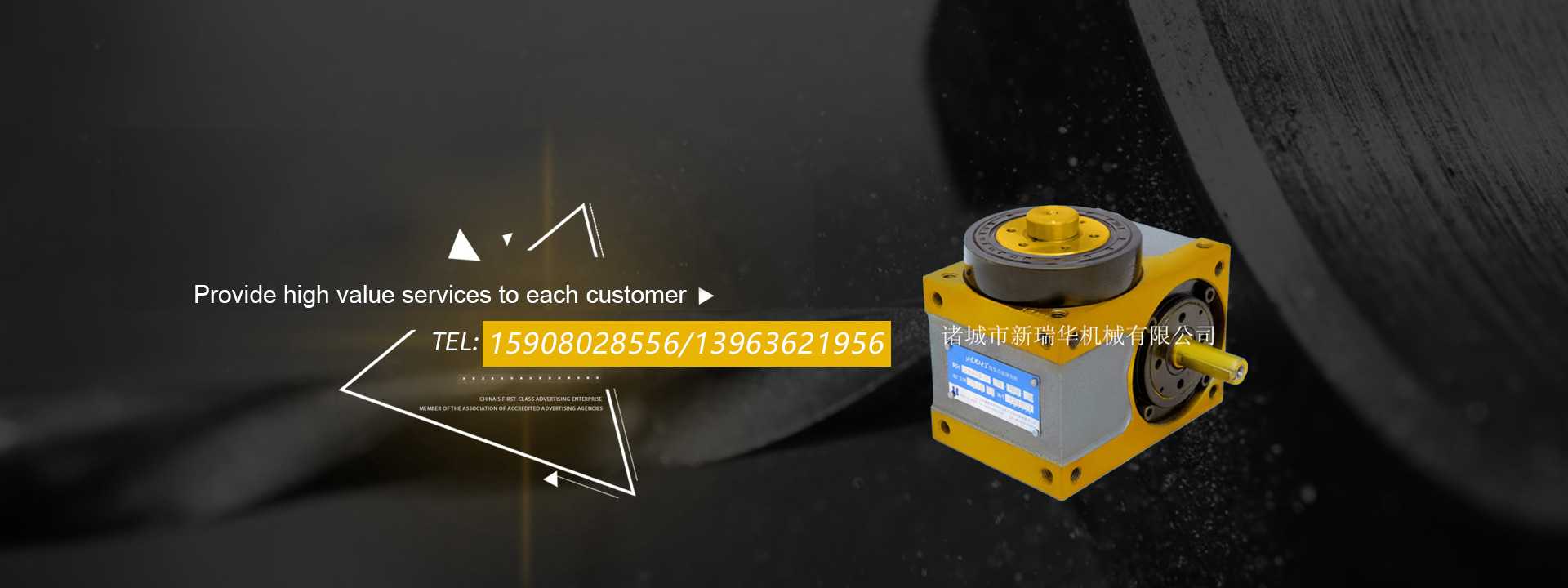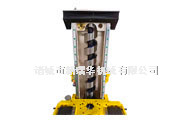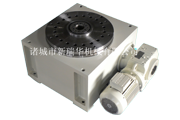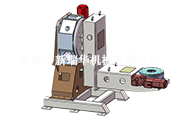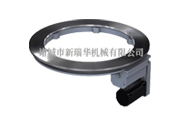With the popularization of robots in the manufacturing industry, the seventh axis of robots has been paid more and more attention as an auxiliary mechanism. There is no doubt that the cost of using robots in stations is very high. With the rapid development of science and technology, the seventh axis of the robot came into being, which can bring the robot to multiple workstations to complete the work, thus expanding the scope and function of the robot. Robot seventh axis is mainly used in welding, casting, machining, intelligent storage, automotive, aerospace and other industries. The cooperation between the robot and the seventh axis of the robot can realize intelligent production and greatly reduce labor costs. However, when the seventh axis of the existing robot is working, the stability of the moving seat carrying the load is not enough when it moves in a straight line above the track, and it is easy to shake or even deviate or derail, which will affect the machining accuracy of the robot, and the safety and reliability need to be improved.
Technical elements: In view of the shortcomings of the above prior art, this paper introduces a robot seventh axis to solve the problems mentioned in the background technology. In order to achieve the above and other related purposes, the seventh axis of the robot is introduced in this paper, including a base, a guide rail and a moving seat. The guide rail is fixed on the base, and the moving seat is arranged above the guide rail. The two sides of the moving seat are fixedly connected with a side plate, which is attached to the outer wall of the guide rail. The side of the side plate near the guide rail is provided with a limiting block. The upper end of the guide rail is provided with a first step, both sides of the first step are provided with a rack along the length of the guide rail, the bottom of the first step is provided with a second step, the center of the bottom of the moving seat is fixed connected with a connecting column, the bottom of the connecting column is connected with the support roll through a rotating shaft. Preferably, the servo motor is installed on both sides of the upper end of the moving seat, the output shaft of the servo motor extends into the first step, and the end is covered with a transmission gear, which is engaged with the corresponding rack. Preferably, the rubber pad is arranged between the support roll and the rolling groove. Preferably, the bottom of the second step has buffer seats at the front and back ends. Preferably, the base is mounted on the ground by anchors on both sides.
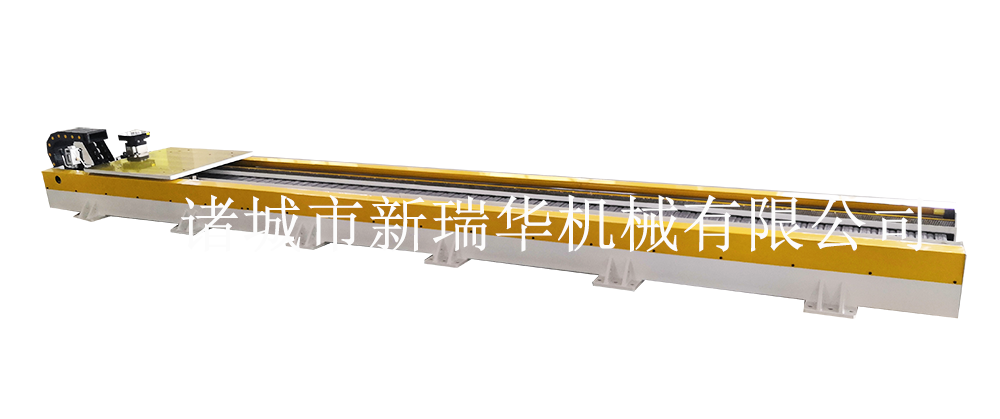
Compared with the existing technology, the advantages of the seventh axis of the robot introduced in this paper are:
(1) Both sides of the moving seat are provided with a side plate, and the side plate and the guide rail interact with each other through the limit block and the limit slot, so that the moving seat can always rely on the guide rail, effectively avoiding the phenomenon of the moving seat running off or even derailing, and the operation is safe and reliable;
(2) The seventh axis of the robot drives the transmission gear along the rack through the servo motors on both sides. During the walking process, the support roller moves in the rolling groove, and the guide wheel at both ends of the rotating shaft moves synchronously in the guiding groove, which effectively improves the stability of the moving seat during the moving process and is not easy to produce left and right shaking.




